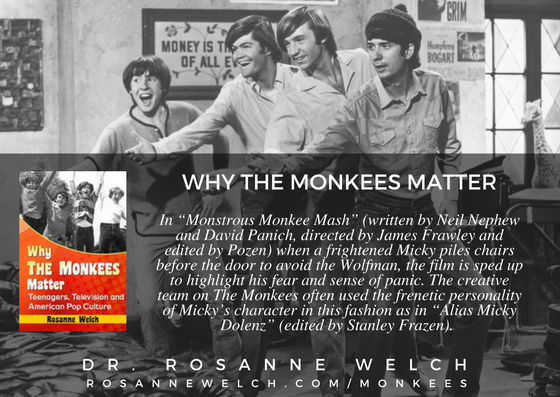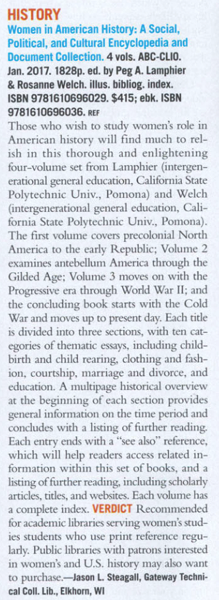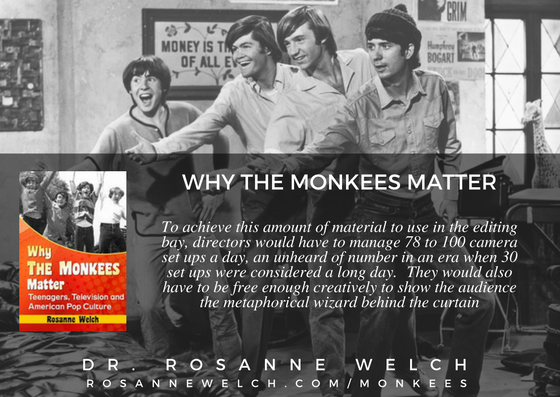I teach several classes for the Stephens College Low-Residency MFA in Screenwriting, including History of Screenwriting. In fact, I created the curriculum for that course from scratch and customized it to this particular MFA in that it covers ‘Screenwriting’ (not directors) and even more specifically, the class has a female-centric focus. As part History of Screenwriting I, the first course in the four-class series, we focus on the early women screenwriters of the silent film era who male historians have, for the most part, quietly forgotten in their books. In this series, I share with you some of the screenwriters and films that should be part of any screenwriters education. I believe that in order to become a great screenwriter, you need to understand the deep history of screenwriting and the amazing people who created the career. — Dr. Rosanne Welch
Interior New York Subway, 14th St to 42nd St (Billy Bitzer, Mutoscope, 1905)
“Filming just seven months after the New York subway system opened, cameraman Bitzer captures a unique tracking shot with lights provided by another train running on parallel tracks in tandem with the photographed train. The startling variations within a predetermined form make this work a fascinating predecessor of structural films.” —R. Bruce Elder
Title
Interior N.Y. subway, 14th St. to 42nd St.
Other Title
Interior New York subway, Fourteenth Street to Forty-second Street
Summary
The camera platform was on the front of a New York subway train following another train on the same track. Lighting is provided by a specially constructed work car on a parallel track. At the time of filming, the subway was only seven months old, having opened on October 27, 1904. The ride begins at 14th Street (Union Square) following the route of today’s east side IRT, and ends at the old Grand Central Station, built by Cornelius Vanderbuilt in 1869. The Grand Central Station in use today was not completed until 1913.
Contributor Names
Bitzer, G. W., 1872-1944, camera.
American Mutoscope and Biograph Company.
Paper Print Collection (Library of Congress)
Created / Published
United States : American Mutoscope and Biograph Company, 1905.
Subject Headings
– Subways–New York (State)–New York
– Transportation–New York (State)–New York
– Local transit–New York (State)–New York
– Subway stations–New York (State)–New York
– Grand Central Terminal (New York, N.Y.)
Genre
Short films
Nonfiction films
Actualities (Motion pictures)
Notes
– H61570 U.S. Copyright Office
– Copyright: American Mutoscope & Biograph Co.; 5June1905; H61570.
– Duration: 3:37 (part 1) and 2:41 (part 2) at 15 fps.
– Camera, G.W. “Billy” Bitzer.
– Photographed May 21, 1905. Location: Interborough Subway, 14 St. to 42nd St., New York, N.Y.
– Available also through the Library of Congress Web site as digital files.
– Mavis 1810601; Interior N.Y. subway, 14th St. to 42nd St.
– viewing print and dupe neg; Received: 1991 from LC lab; preservation; Paper Print Collection.
– neg pic; Received: ca. 1989 from UCLA; preservation Paper Print Collection.
– paper pos; Received: 1905-06-05; copyright deposit; Paper Print Collection.
Medium
viewing print. 1 film reel of 1 (133 ft.) : si., b&w ; 35 mm.
dupe neg. 1 film reel of 1 (133 ft.) : si., b&w ; 35 mm.
neg pic. 1 film reel of 1 (133 ft.) : si., b&w ; 35 mm.
paper pos. 1 roll (133 ft.) : si., b&w ; 35 mm.
Call Number/Physical Location
FEB 9845 (viewing print)
FPE 5550 (dupe neg)
FPE 5629 (neg pic)
LC 2057 (paper pos)
Repository
Library of Congress Motion Picture, Broadcasting and Recorded Sound Division Washington, D.C. 20540 USA dcu
Digital Id
http://hdl.loc.gov/loc.mbrsmi/lcmp002.20761
Library of Congress Control Number
00694394
Online Format
image
video
Description
The camera platform was on the front of a New York subway train following another train on the same track. Lighting is provided by a specially constructed work car on a parallel track. At the time of filming, the subway was only seven months old, having opened on October 27, 1904. The ride begins at 14th Street (Union Square) following the route of today’s east side IRT, and ends at the old Grand Central Station, built by Cornelius Vanderbuilt in 1869. The Grand Central Station in use today was not completed until 1913.
LCCN Permalink
https://lccn.loc.gov/00694394

![More Percy Jackson from A History of the Art of Adaptation [Video] (0:25)](https://rosannewelch.com/wp-content/uploads/2017/04/adapt-44-more-percy-jackson.jpeg)















